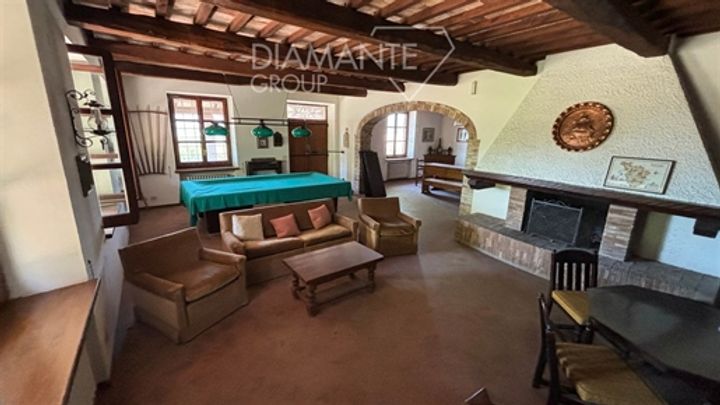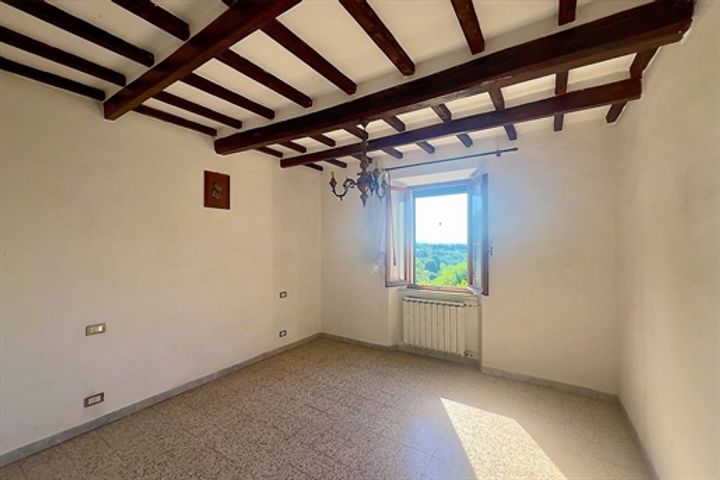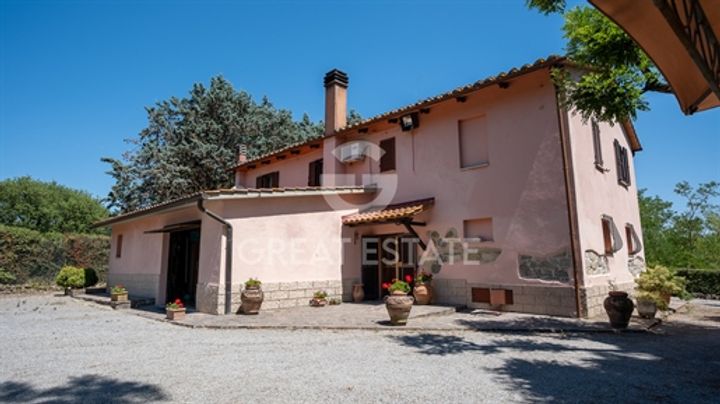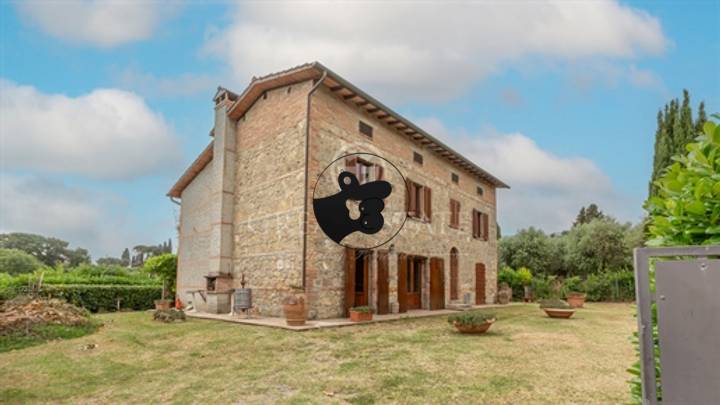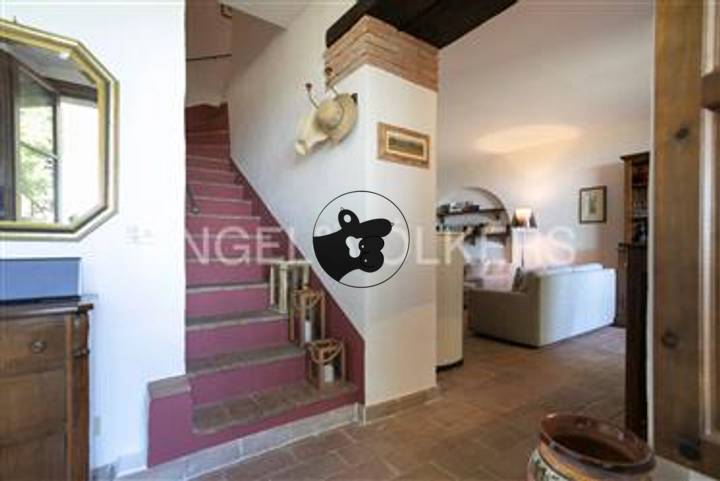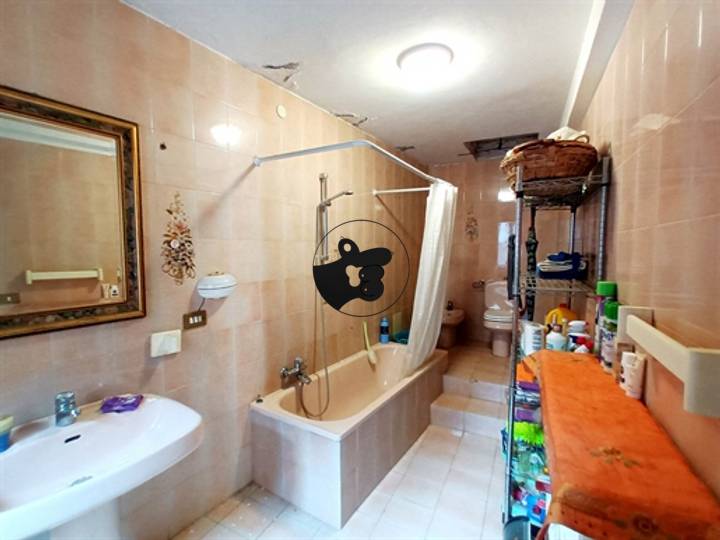Average real estate prices in Cetona, a picturesque village in the Tuscany region of Italy, vary significantly based on property type and location. As of late 2023, the price per square meter for homes in Cetona typically ranges from €2,000 to €4,000. For example, a rustic two-bedroom apartment in the village center may cost around €150,000 to €250,000, while larger villas with stunning views of the countryside can easily exceed €500,000 and sometimes reach up to €1 million or more, especially if they include land and premium amenities. Properties that maintain historical features or those that are newly renovated often command higher prices. Additionally, the surrounding hamlets, such as Cetona’s neighboring areas, can see lower prices, with listings starting around €100,000 for smaller properties or land parcels suitable for renovation.
Cetona
Location
Price Range
Any price
Price Range
Minimum
No min
Maximum
No max
Property type
Show all
Property type
Show all
House
Apartment
Building
Other
Bedrooms
Any beds
Bedrooms
Minimum
No min
Maximum
No max
Surface Range
Any surface
Surface Range
Minimum
No min
Maximum
No max
Sale type
For sale
Sale type
Show all
To rent
For sale
Location
Apartments and houses for sale in Cetona
6 results
Recent
Cetona insights
| Aspect | Summary |
|---|---|
| Population | 2,500 |
| Average Property Price | €3,000 per sqm |
| Rental Yield | 4.5% |
| Average Rent | €850 per month |
| Occupancy Rate | 85% |
| Capital Growth Rate | 2.5% annually |
| Property Tax | 0.76% of property value |
| Transaction Costs | 7% to 9% of property price |
| Expected ROI | 6.5% |
| Economic Growth Impact | Stable with modest tourism growth |
Cetona FAQ
What are the average real estate prices in Cetona?
How do real estate prices in Cetona compare to nearby towns?
Real estate prices in Cetona are generally higher than in nearby towns such as Chianciano Terme and Montepulciano, largely due to its picturesque setting and historical significance. As of recent data, average property prices in Cetona hover around €3,000 per square meter, while neighboring Chianciano Terme offers properties at approximately €2,200 per square meter. This price disparity results from Cetona's appeal to those seeking a quieter, more aesthetically pleasing environment, often attracting buyers interested in vacation homes or restoration projects in the charming medieval center. Additionally, Montepulciano's average prices stand around €2,800 per square meter, benefiting from its own tourist traffic and wine production reputation, yet still falling short of Cetona's premium. The demand in Cetona is also fueled by its proximity to renowned art cities like Florence and Siena, enhancing its allure compared to its less congested counterparts.
What factors influence real estate prices in Cetona?
Real estate prices in Cetona are influenced by several key factors, including location, historical significance, and local amenities. Properties with stunning views of the Tuscan countryside often command higher prices, as do those situated near the town center, where restaurants, shops, and cultural attractions are easily accessible. The historical charm of Cetona, marked by medieval architecture and cultural heritage, adds a premium to real estate values. Additionally, the region's popularity as a tourist destination, particularly among international buyers seeking vacation homes, drives demand and subsequently raises prices. Seasonal fluctuations can also impact the market; for example, prices may peak during the summer months when demand increases. Lastly, investment opportunities in restoration and renovation of older properties can influence overall market dynamics, appealing to buyers looking for unique homes that reflect the area’s rich history.
Is it a good time to buy property in Cetona?
Buying property in Cetona can be viewed through various lenses depending on market dynamics and personal circumstances. As of late 2023, real estate prices in this picturesque Tuscan village have shown signs of stabilization after the fluctuations experienced during the pandemic. The appeal of Cetona, with its stunning views, rich history, and tranquil atmosphere, continues to draw both domestic and international buyers. For instance, traditional stone houses in the historic center are still sought after, particularly by those looking for vacation homes or relocation options. Additionally, recent developments in local infrastructure may enhance the attractiveness of the area, as better access to nearby cities such as Siena and Arezzo could lead to increased demand. However, it's worth noting the potential impact of economic factors, such as rising interest rates and inflation, which might influence buyer sentiment and purchasing power in the region.
What types of properties are most common in Cetona?
In Cetona, a picturesque village in Tuscany, the most common types of properties are traditional stone houses and rustic farmhouses, often featuring characteristic terracotta roofs and exposed wooden beams. Many of these properties have been restored to preserve their historical charm, while integrating modern amenities. You’ll find charming two- or three-story residences within the historic center, often adorned with beautiful frescoes and small balconies overlooking narrow cobbled streets. Additionally, the surrounding countryside is dotted with larger villas and agriturismi, which are converted farmhouses offering a blend of rustic living and potential rental income. Properties often come with ample outdoor spaces, including terraced gardens and vineyards, enhancing the rural charm typical of this region. Many homes also boast stunning views of the rolling hills and vineyards that define the Tuscan landscape, making them sought after for both permanent residence and vacation rentals.
How has the real estate market in Cetona changed over the past few years?
The real estate market in Cetona has experienced notable changes over the past few years, driven by an influx of international buyers drawn to its picturesque landscape and historical charm. Property values have seen an uptick, particularly for traditional Tuscan homes, with average prices rising by approximately 15% since 2020. The demand for second homes has surged, especially during the pandemic, as more people sought rural retreats away from urban centers. Renovation projects have become common, with many buyers investing in restoring historical properties, such as the old stone villas scattered throughout the surrounding countryside. Additionally, the appeal of Cetona's proximity to cultural hubs like Siena and Perugia has further fueled interest. In response to this increased popularity, local real estate agencies have expanded their services, offering bespoke property tours and investment consultations tailored to foreign buyers.
Are there any seasonal trends in real estate prices in Cetona?
In Cetona, seasonal trends in real estate prices can be influenced by various factors, including tourism and the agricultural calendar. During the summer months, when the picturesque Tuscan village experiences an influx of tourists, property prices may see a slight uptick as demand rises for vacation rentals and second homes. For instance, charming villas and historic homes that cater to summer visitors often command higher prices in this peak season. Conversely, during the winter months, when fewer tourists visit and many local agricultural activities slow down, the market can experience a dip in demand, leading to lower prices for properties. Additionally, the timing of local festivals, such as the Arco Etrusco event in August, can create short-term spikes in interest for real estate. The broader economic landscape of the region, including factors like vineyard yields and wine production cycles, also plays a role in shaping these seasonal price trends.


